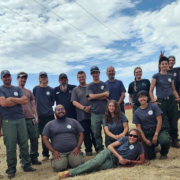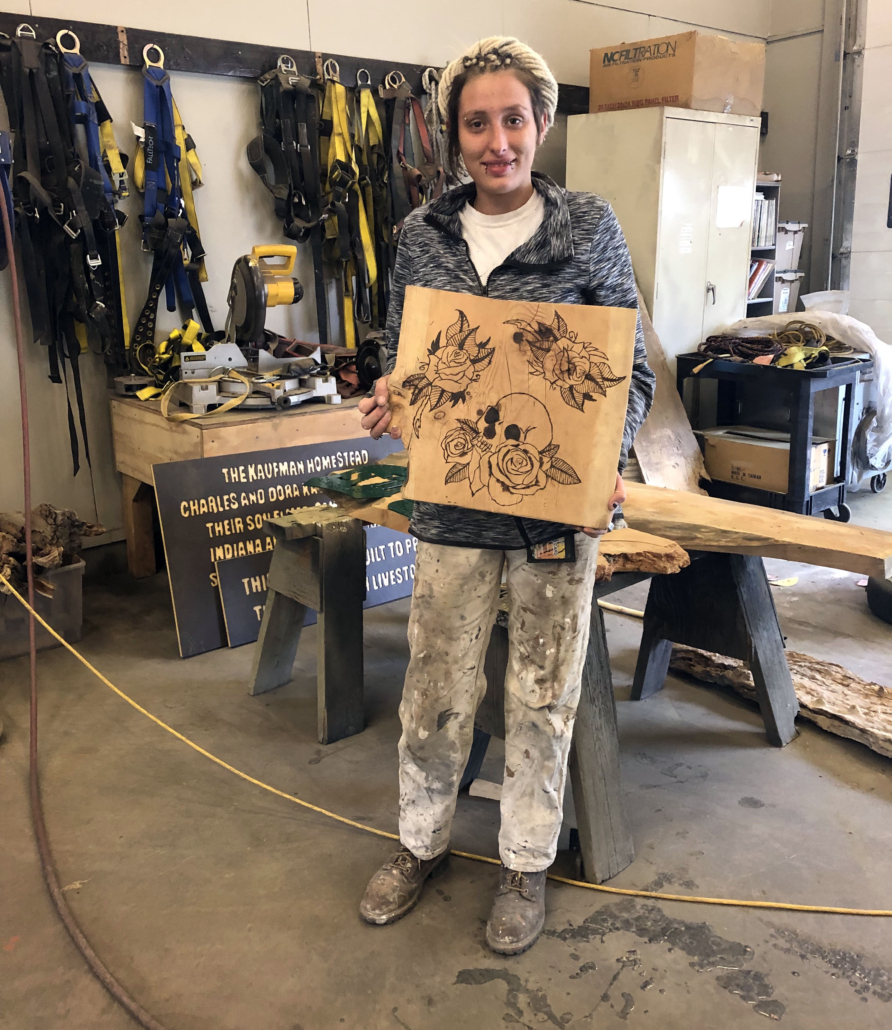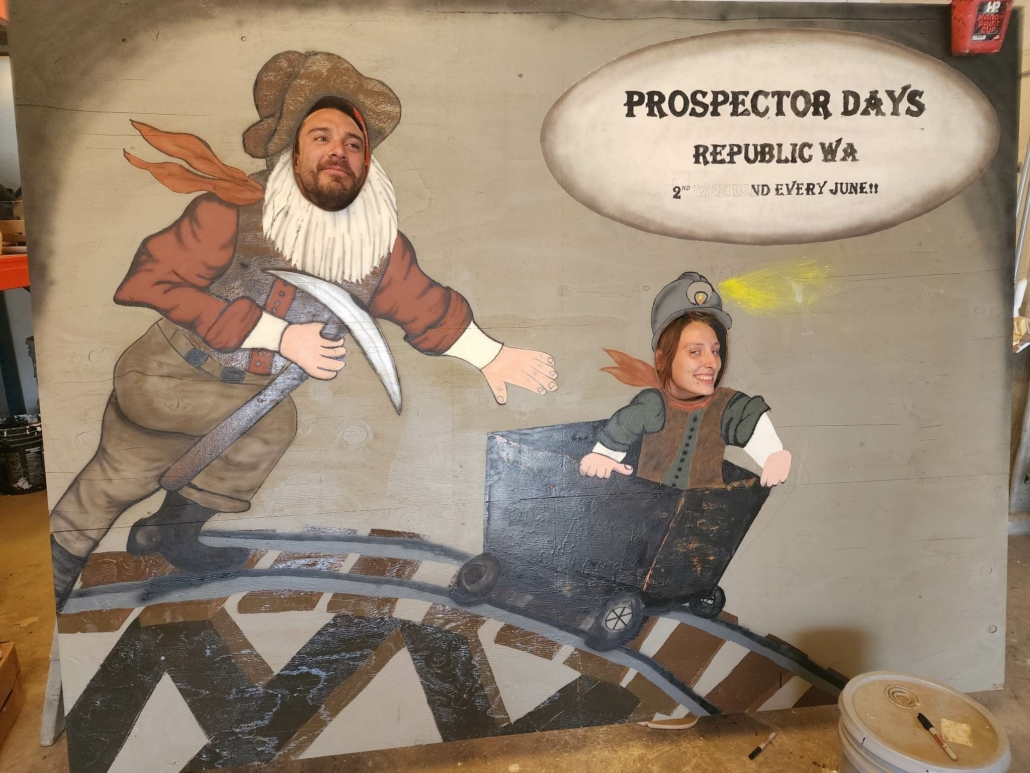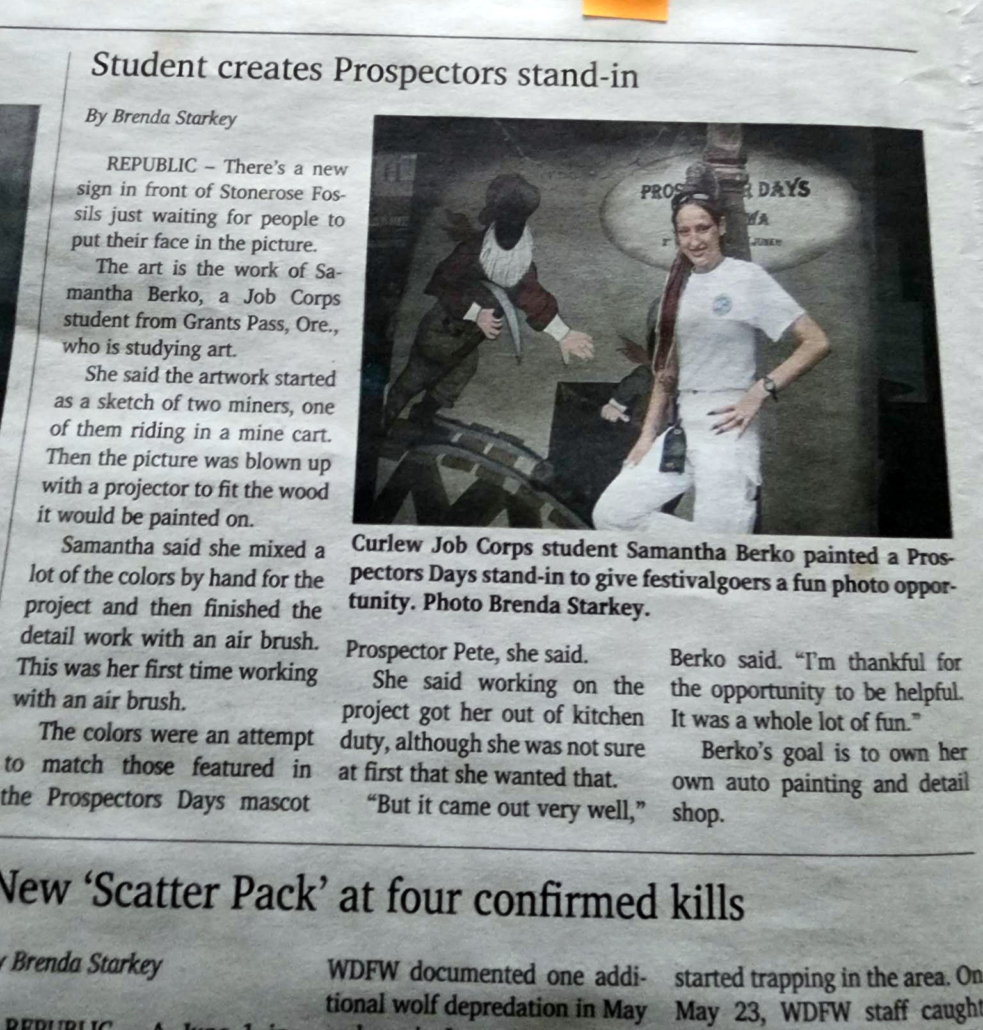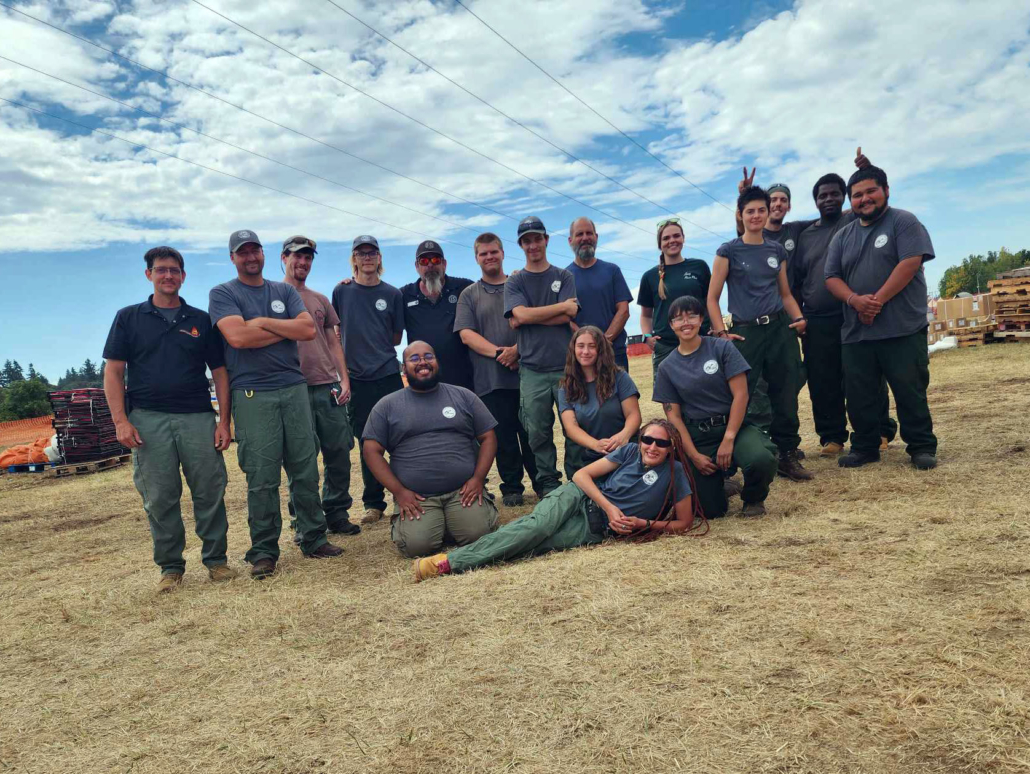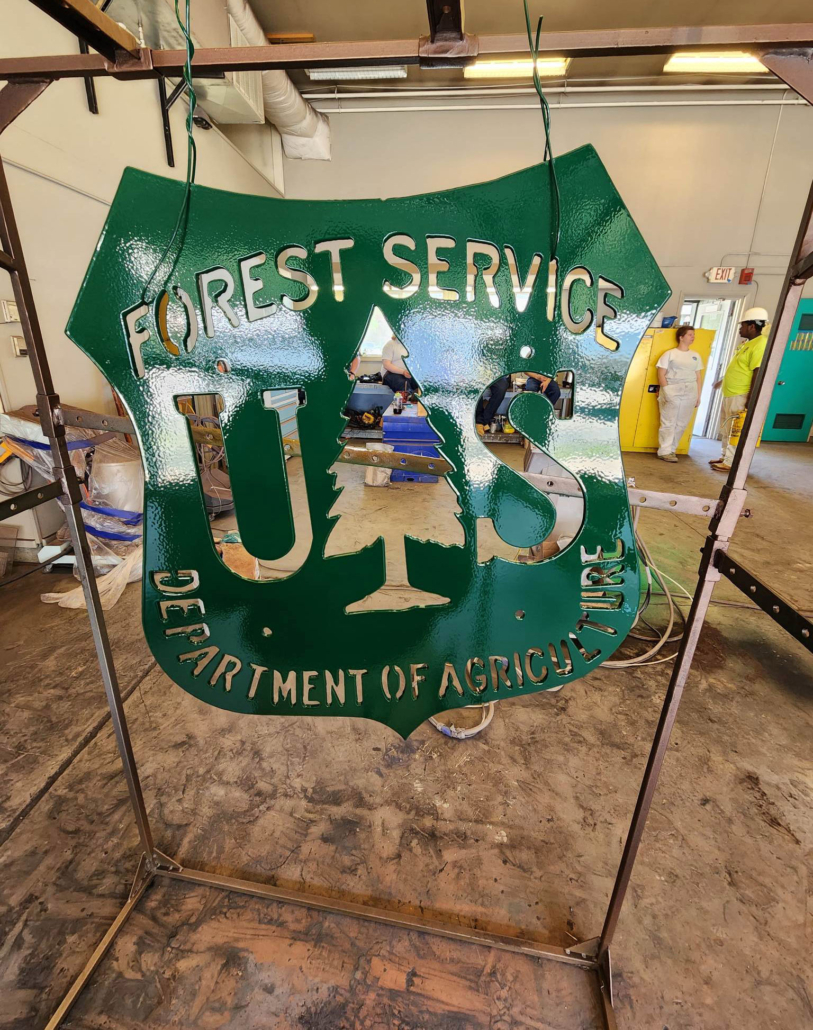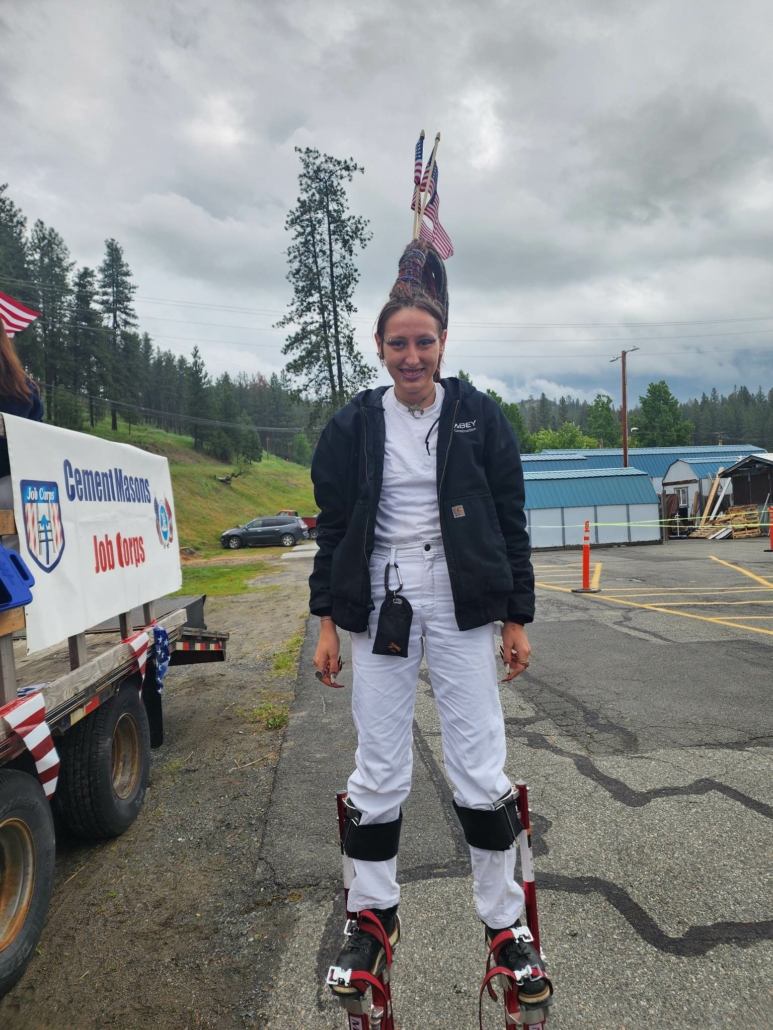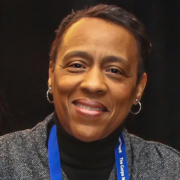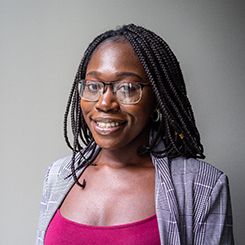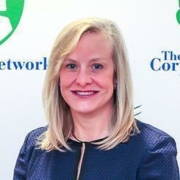Impact Story: New forestry conservation and firefighting trade rekindles Cass Job Corps’ relationship with the Ozark-St. Francis National Forest
Submitted by Alicia Bennett, Public Affairs Officer, U.S. Forest Service Job Corps
Enacted in November 2021, the Bipartisan Infrastructure Law, paved the way for Forest Service Job Corps program to implement trade changes allowing Civilian Conservation Centers (CCC) to expand training and employment opportunities in conservation related careers. These trade changes are completing the shift of realigning the program with its historic conservation mission by ensuring that students at all CCCs can train for a conservation career.
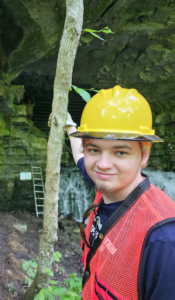
Cass Job Corps Civilian Conservation Center Forestry Conservation and Firefighting student Dennis Burgess worked alongside Forest Service and U.S. Fish and Wildlife Service specialists to construct a bat cave barricade to protect a bat population on the Ozark St. Francis National Forest. President of the Student Government Association, Burgess is one of the trades biggest boosters and a key recruiter for the trade on-center and throughout the local community. USDA Forest Service photo by Wade Kelly.
Cass Job Corps CCC added Forestry Conservation and Firefighting to its curriculum in August 2023 and the trade addition has recharged the center’s relationship with the nearby Ozark-St. Francis National Forest.
“Outside of fire, Cass did not have a connection with the forest,” said Cass Liaison Specialist Venorris Webb-Delesline. “Having the Forestry Conservation and Firefighting trade has opened doors and allowed Cass to bridge more with the forest. We were asked to participate in the Forests All Employee Day in October. The students have also done work in the community and the trade has been featured in articles in the local newspaper.”
The trade is extremely popular amongst students. With an inaugural class of 17, it is open enrollment and typically takes one year to complete. Webb-Delesline credits much of the success of the Advanced Forestry program to the networking skills and innovations introduced by Instructor Wade Kelly.
“Outside of fire, Cass did not have a connection with the forest,” said Cass Liaison Specialist Venorris Webb-Delesline. “Having the Forestry Conservation and Firefighting has opened doors and allowed Cass to bridge more with the forest. We were asked to participate in the forests All employee Day in October. The students have also done work in the community and the trade has been featured in articles in the local newspaper.”
Webb-Delesline credits much of the trade’s success to the networking skills of Forestry Conservation and Firefighting Instructor Wade Kelly. “He’s such a bright spot in our program,” said Webb-Delesline.
Kelly first encountered Job Corps students when he was working as AmeriCorps NCCC program team lead focused on environmental stewardship, natural disaster services, and urban and rural development. He was looking for a way to use his non-compete eligibility following a stint in The Peace Corps as a Youth Development Worker in the Fiji Islands. Kelly’s passion is working with youth. With years of work experience working in Youth Conservation Corps with the National Park Service, he decided that working at a Forest Service CCC would be a perfect career move. “I’ve been working with at-risk youth for years,” said Kelly. “Now I actually work with youth in my own country to develop their skills.”
As he trains his students, Kelly’s central goal is to kindle a love for conservation and public lands in his trainees. He actively engages with agency specialists to expand the network of professionals who can offer educational and training opportunities for his students. “The Forestry Conservation and Firefighting curriculum is advanced and broad,” said Kelly. “Community engagement and working with the national forest is important because I can reach out and say, ‘Look, I have this workforce that wants to learn and do hands-on work on your project.’ You network and help each other with projects and that way you find the best teachers for the students.”
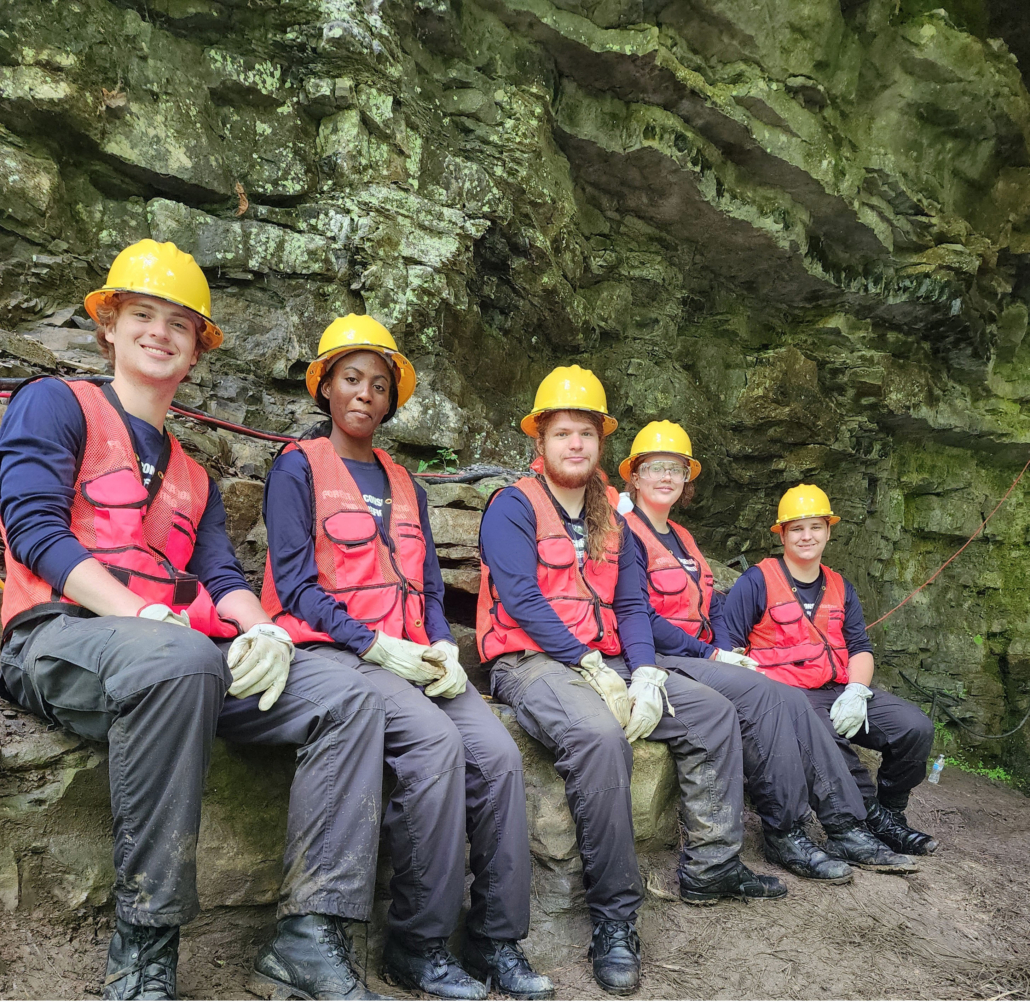
Networking with National Forests and Grasslands program specialists and other federal land management agencies to provide students the opportunity for hands-on learning is a critical component of ensuring Forestry Conservation and Firefighting students are well-trained with a broad base of knowledge. Students worked alongside Forest Service and U.S. Fish and Wildlife Service specialists to construct a bat cave barricade to protect a bat population in the Ozark St. Francis National Forest on May 1, 2024. USDA Forest Service photo by Wade Kelly.
Recently, his students worked alongside Forest Service and U.S. Fish and Wildlife Service specialists to construct a bat cave barricade to protect a bat population on the Ozark St. Francis National Forest.

Forestry Conservation and Firefighting Instructor Wade Kelly networks with National Forests and Grasslands program specialists and other federal land management agencies to provide students the opportunity for hands-on learning. It is a critical component of ensuring Forestry Conservation and Firefighting students are well-trained with a broad base of knowledge. Students worked alongside Forest Service and U.S. Fish and Wildlife Service specialists to construct a bat cave barricade to protect a bat population on the Ozark St. Francis National Forest on May 1, 2024. USDA Forest Service photo by Wade Kelly.
Kelly’s intent is to build a program that will open additional opportunities for young people who dream of and want to build careers in forestry. Graduates of his program who choose careers with the Forest Service can help advance its new land management strategy prioritizing forest health, watersheds, and priority landscapes.

Cass Job Corps Forestry Conservation and Firefighting students assisted local organizations and businesses with a tornado cleanup in Northwest Arkansas in June 2024, including a transitional home for women with young children. (l-r front row) Students Kayden Fitts and David Harper, Forestry Conservation and Firefighting Instructor Wade Kelly, students Matthew McChristain, Blade Willie, and Kayden Hillman. (l-r back row): Students Ashton Mcminn, Ty Henley, Micheal Wishon, Johnny Watson, Brandon Spencer, Jamimus Ready, and Marley Linger. USDA Forest Service photo by Venorris Webb-Delesline.
“I have learned so much about trees and timber and what the forestry department does for the world and I would like to help,” said student Dennis Burgess, a key recruiter for the trade on-center and throughout the local community.
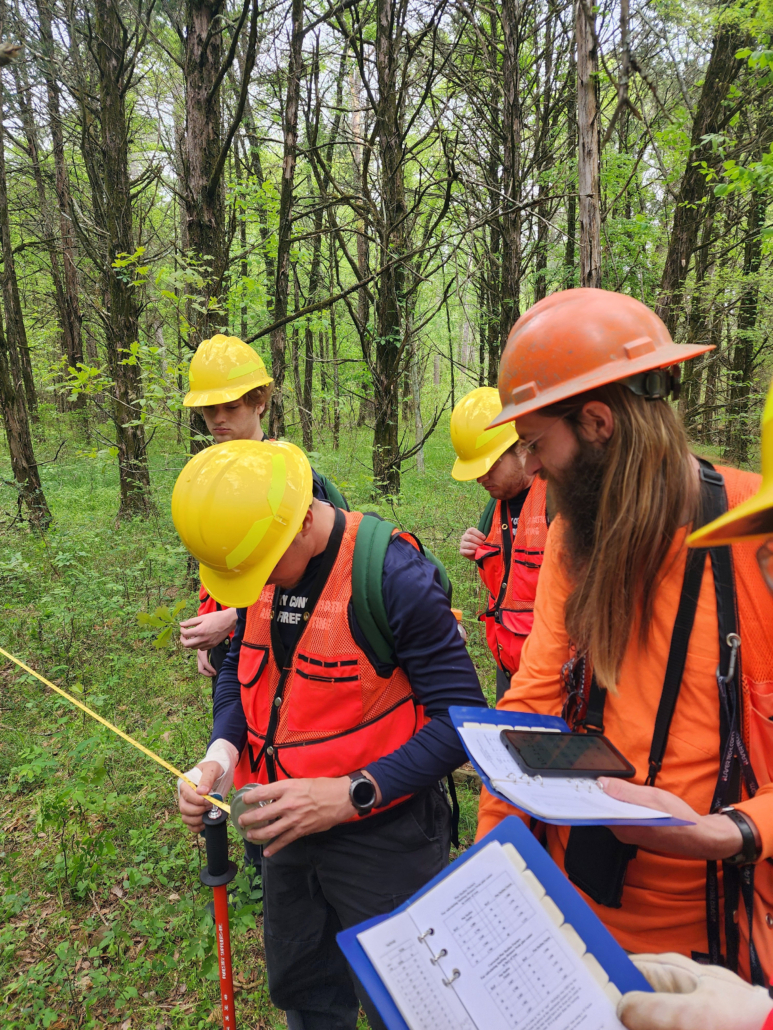
Forestry Conservation and Firefighting Instructor Wade Kelly emphasizes hands-on learning for his students to ensure his students are well-trained with a broad base of knowledge. Forestry Conservation and Firefighting graduates can continue their training by enrolling in an Advanced Forestry Technician program offered at Oconaluftee and Frenchburg Job Corps CCCs or head straight into the workforce. Students who graduate from the program generally enter the workforce as GS-03/04/05 Forestry technicians and can work in silviculture, timber, or both. USDA Forest Service photo by Wade Kelly.
“My experience with forestry and firefighting has been a fun and challenging one. It also gave me chances to go out on fire assignments; they are hard, but I have gotten to see a bunch of different states and have had the pleasure of working with a bunch of different people in fire and they have taught me so much also. If you want to see different parts of the world and help it in a very meaningful way, I believe this [Forestry Conservation and Firefighting] is the best trade for that.”
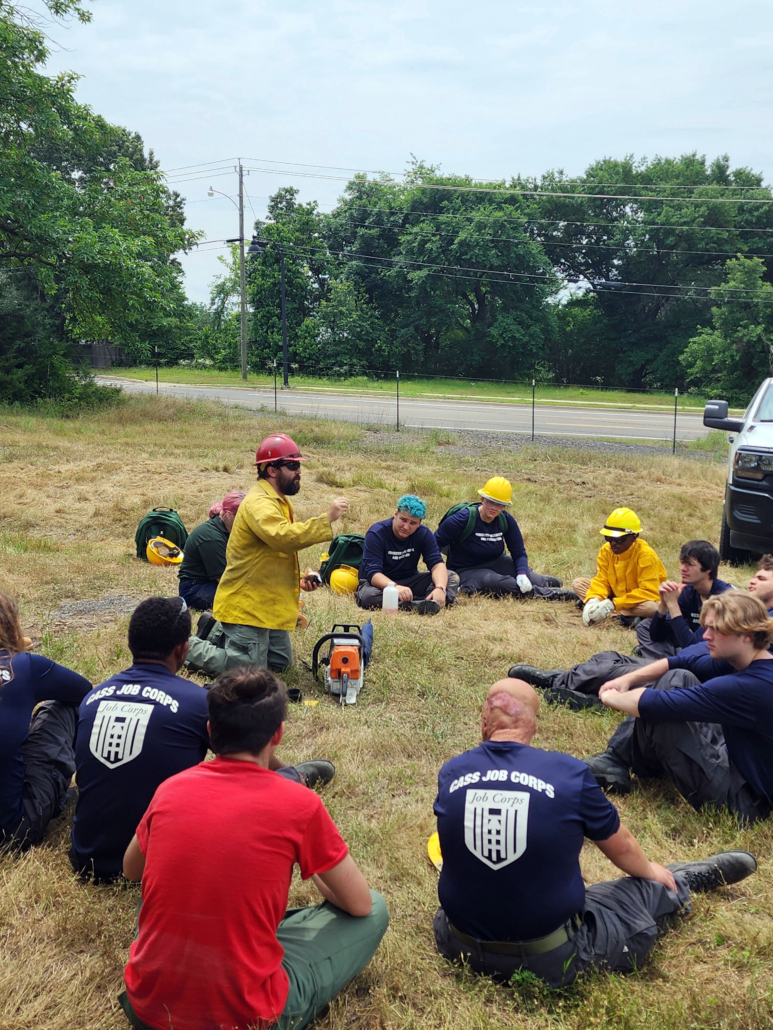
Forestry Conservation and Firefighting Instructor Wade Kelly emphasizes hands-on learning for his students to ensure his students are well-trained with a broad base of knowledge. Forestry Conservation and Firefighting graduates can continue their training by enrolling in an Advanced Forestry Technician program offered at Oconaluftee and Frenchburg Job Corps CCCs or head straight into the workforce. Students who graduate from the program generally enter the workforce as GS-03/04/05 Forestry technicians and can work in silviculture, timber, or both. USDA Forest Service photo by Wade Kelly.
Forestry Conservation and Firefighting graduates can continue their training by enrolling in an Advanced Forestry Technician program offered at both Oconaluftee and Frenchburg Job Corps centers or head straight into the workforce. “We expect our first graduate from the program to graduate in early fall, so the trade is still in its infancy,” said Cass Acting Center Director Josh Gade. “But our goal is to create a pipeline of multi-faceted students ready to contribute in whatever capacity they are needed.”

Forestry Conservation and Firefighting Instructor Wade Kelly emphasizes hands-on learning for his students to ensure his students are well-trained with a broad base of knowledge. Forestry Conservation and Firefighting graduates can continue their training by enrolling in an Advanced Forestry Technician program offered at Oconaluftee and Frenchburg Job Corps CCCs or head straight into the workforce. Students who graduate from the program generally enter the workforce as GS-03/04/05 Forestry technicians and can work in silviculture, timber, or both. USDA Forest Service photo by Wade Kelly.





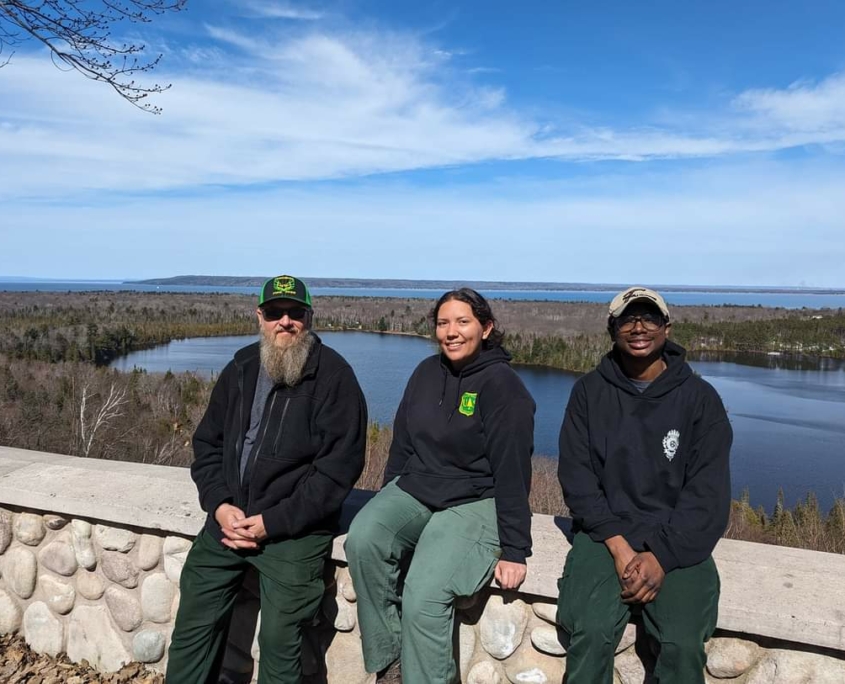

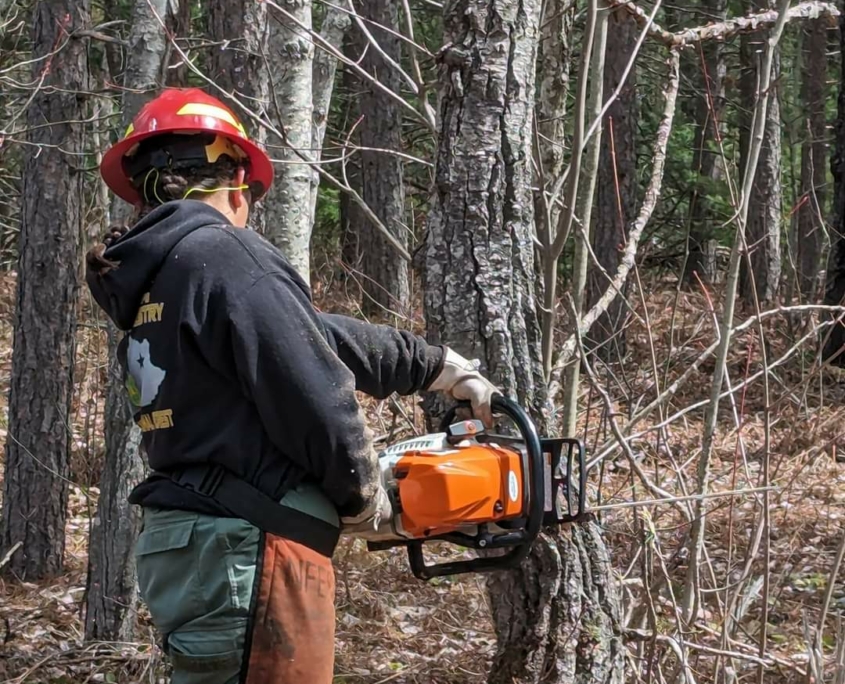
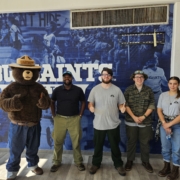

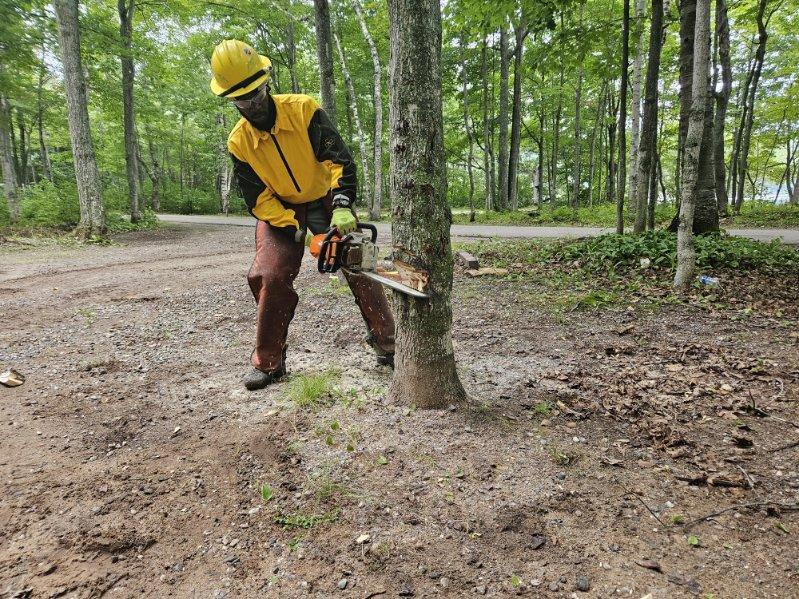

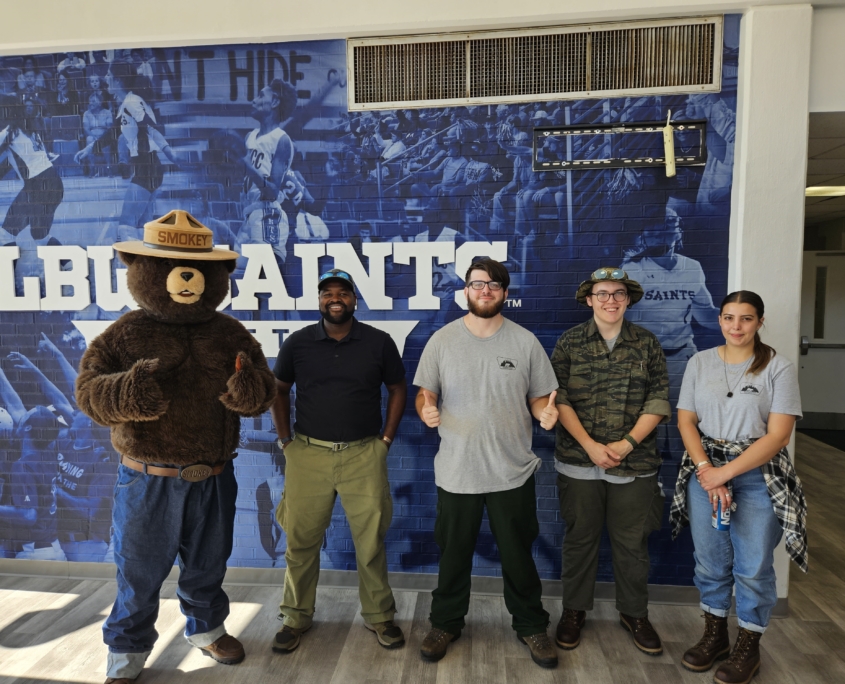
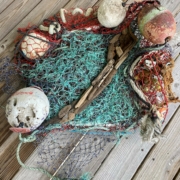

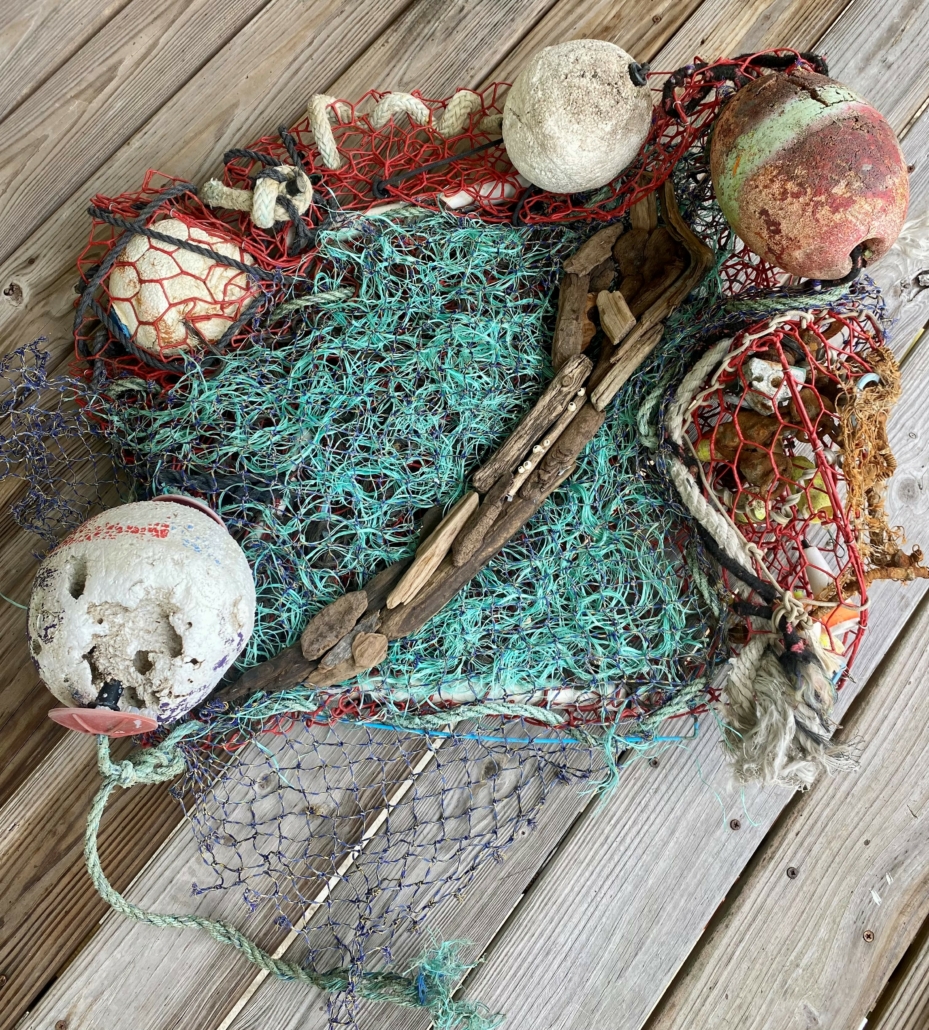
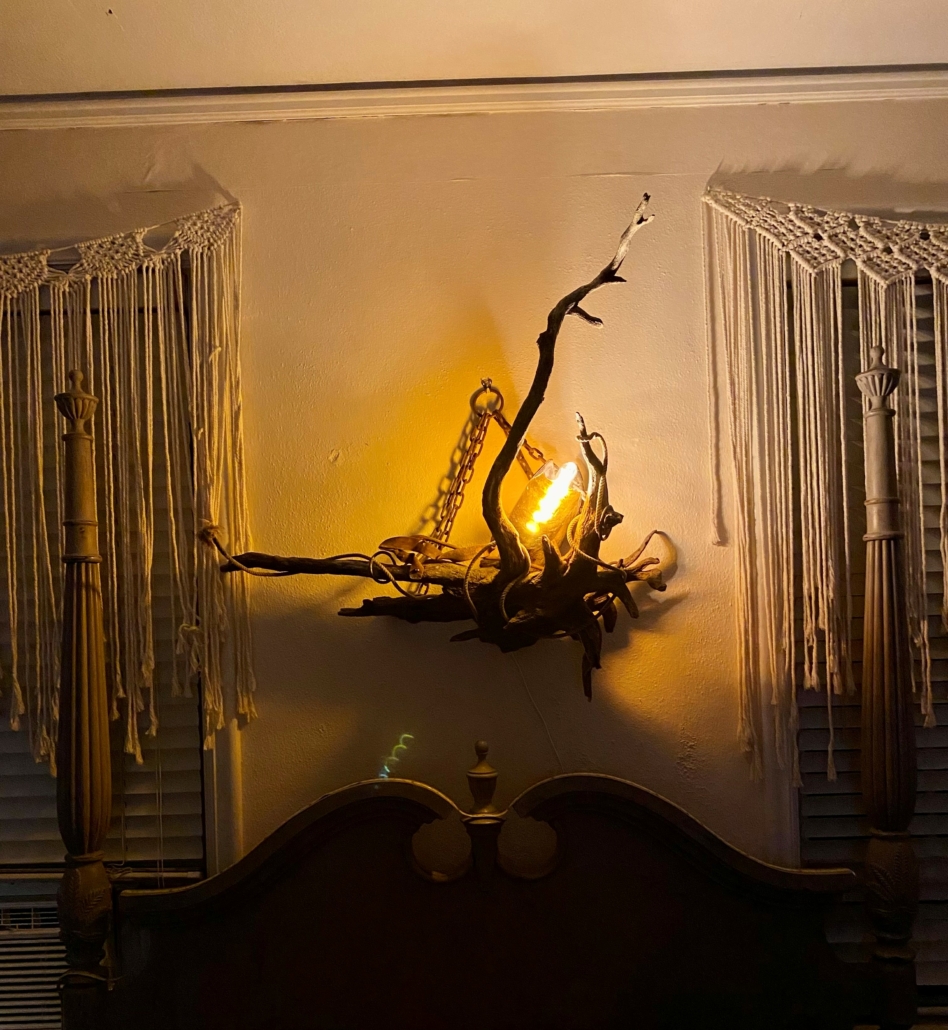




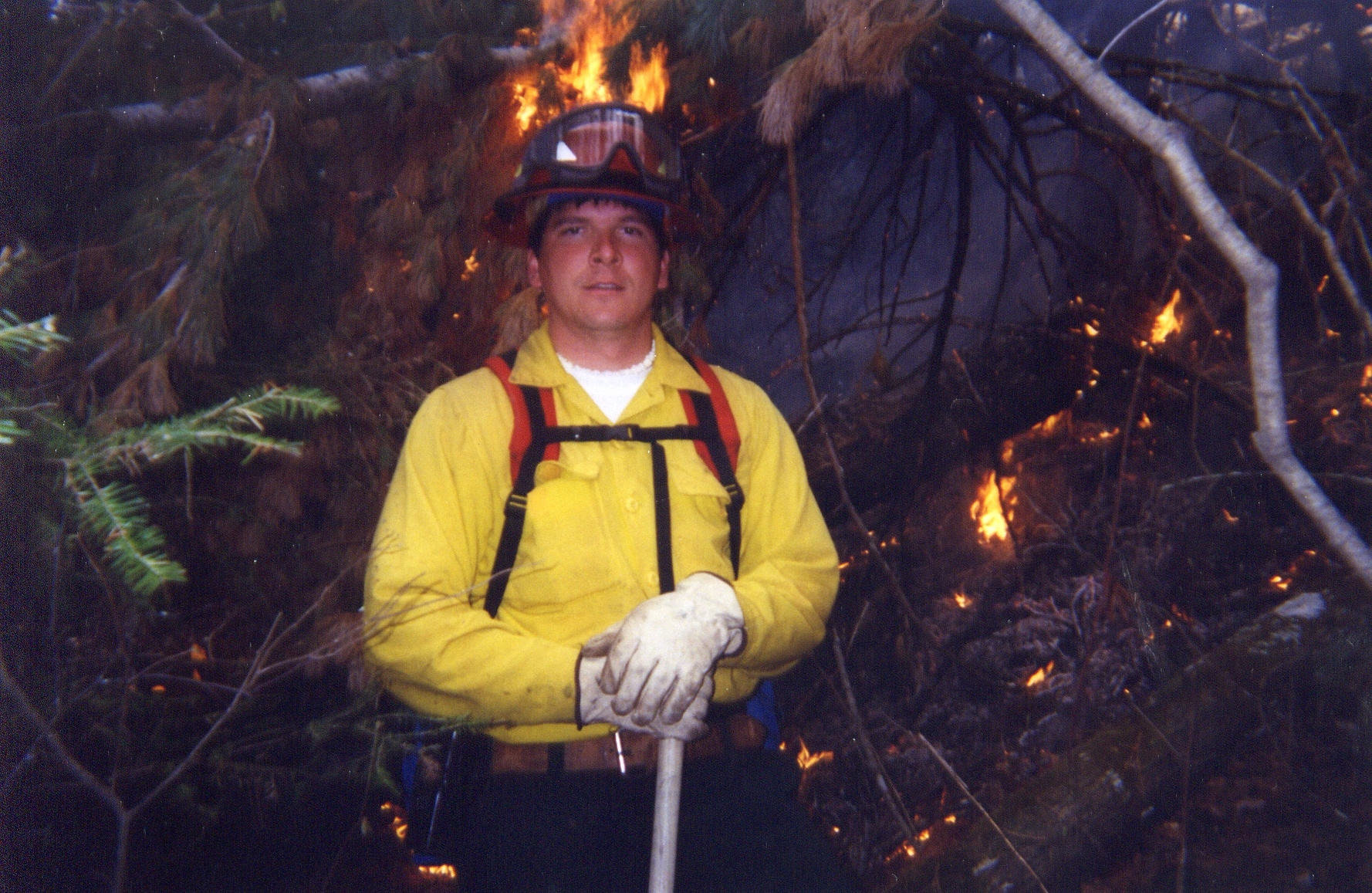
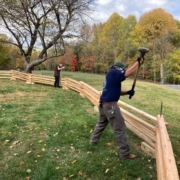
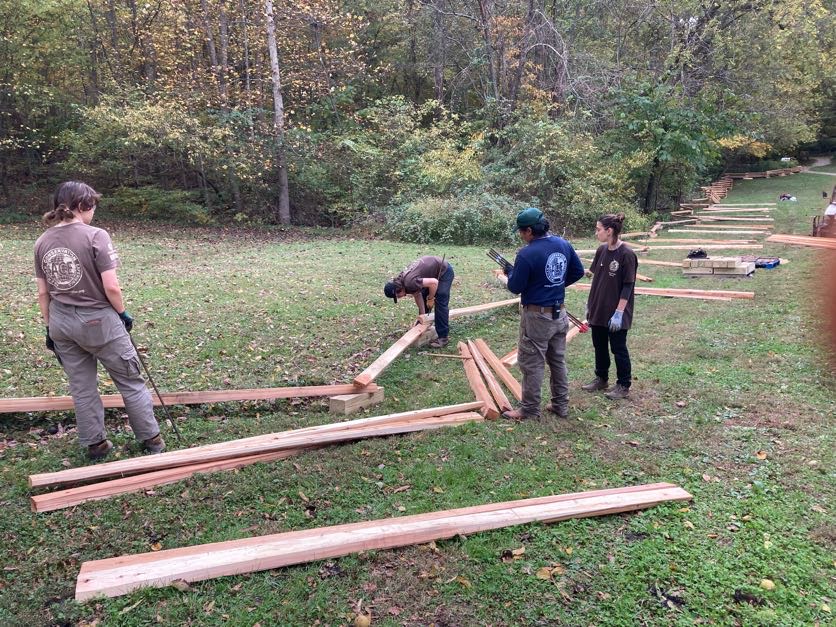


 Dana Stein, the executive director of
Dana Stein, the executive director of